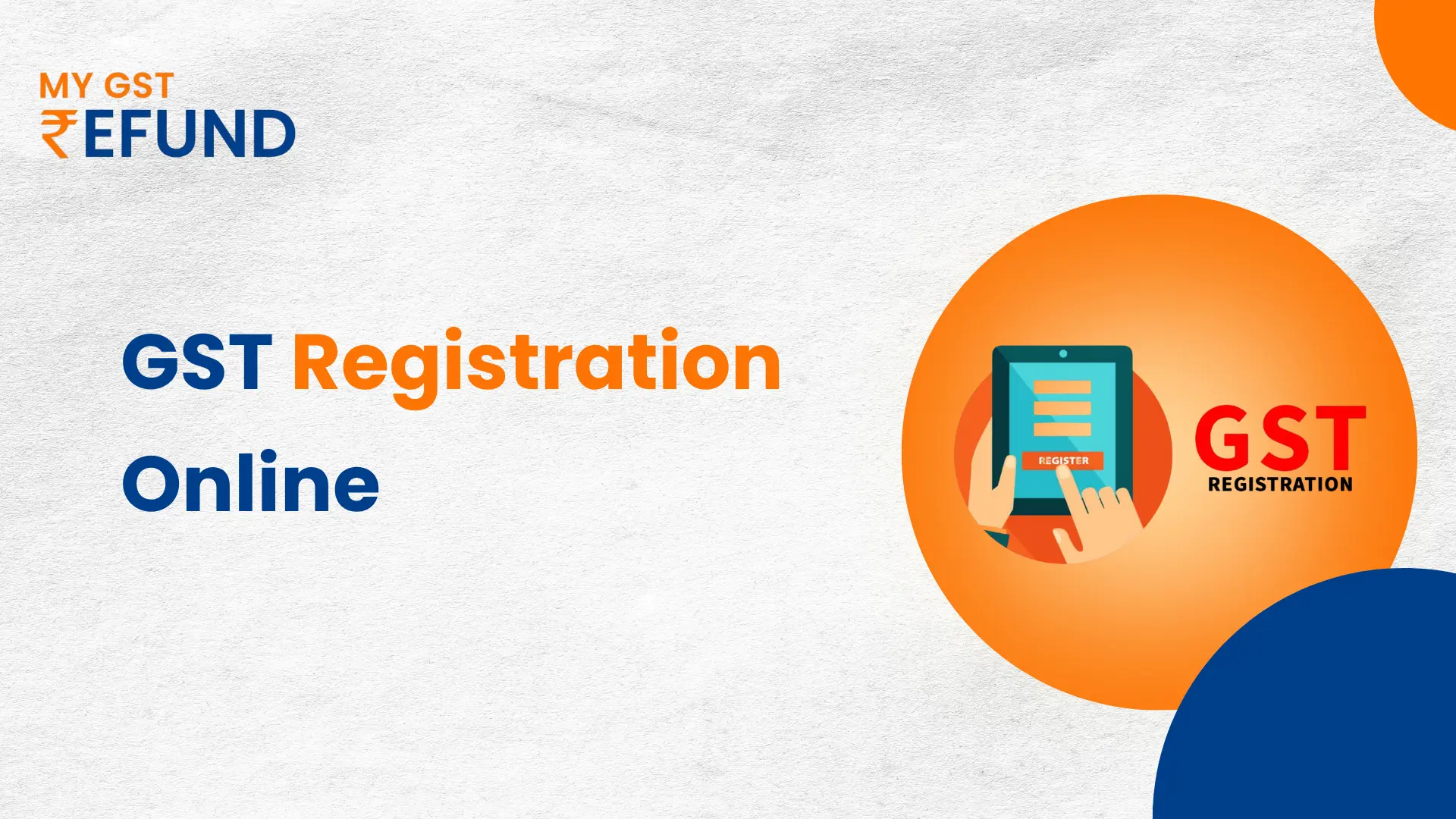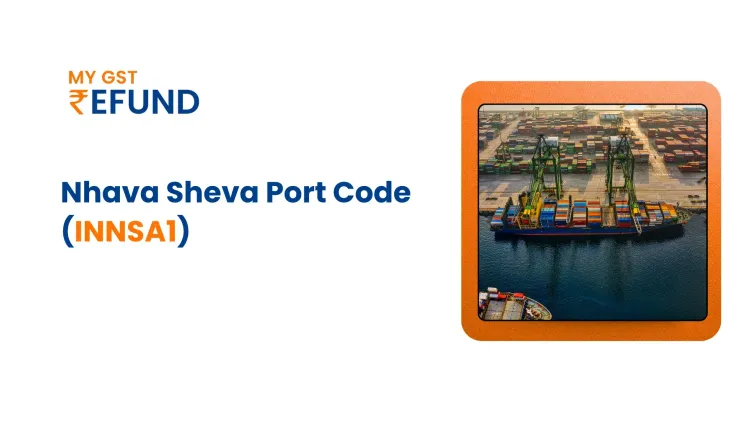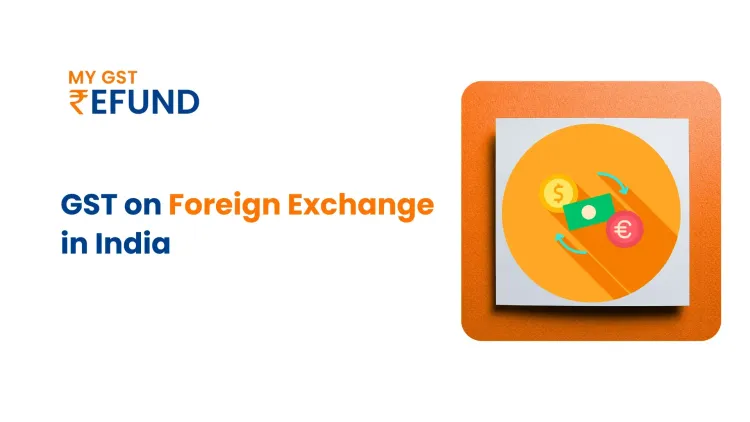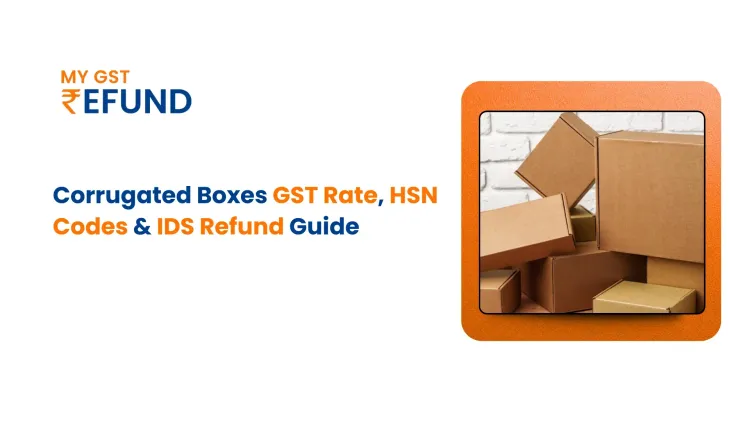How to Register for GST Online in India: Step-by-Step Guide (2025)
Amid the dynamic nature of the tax system in India, the introduction of Goods and Services Tax (GST) has become a single indirect tax structure to change a complex network of separate taxation systems including, VAT, service taxes, luxury tax, and excise levied on the supply of goods or services or both. Brushing up on the registration process of the GST has become not an option, but a necessity for the smooth running of business transactions across the world.
How to register for GST in India
The following guide is about all you need to know about GST registration in India. It can help you to know about the necessity and requirement of having GST registration in India. Whether you are a founder of a startup, a small trader, a freelancer, an e-commerce seller, or whatever, this guide will provide you the guidance on whether you are eligible for GST registration or not.
To comply with the GST compliances, a person is required to follow the crucial and varied first step to register the business registered under GST.
What is the GST registration process?
GST registration applies to all individuals and entities supplying goods or services or both in India. GST registration becomes mandatory when the aggregate value of supplying goods exceeds Rs. 40 lakh specifically in goods (value of turnover may vary based on the notification issued by CBIC), and in line with this, the Ministry of Finance (MoF) has made the process of GST registration easier to facilitate the process of tax filing.
However, different threshold limits apply for businesses operating in Special Category States.
| Nature of Supply | Regular States | Special Category States-Group A | Special Category States-Group B |
| Supply of Goods | ₹40 lakh | ₹10 lakh | ₹20 lakh |
| Supply of Services | ₹20 lakh | ₹10 lakh | ₹20 lakh |
Group A: ₹10 Lakh Turnover Limit
Businesses in these states must register under GST if turnover exceeds ₹10 lakh/year:
Mizoram
Manipur
Nagaland
Tripura
These states opted for the lower threshold limit for both goods and services due to administrative convenience and local considerations.
Group B: ₹20 Lakh Turnover Limit
These Special Category States chose to align with the standard threshold of ₹20 lakh for both goods and services:
Arunachal Pradesh
Meghalaya
Sikkim
Uttarakhand
Himachal Pradesh
Who Should Register for GST in India?
Prior to getting into the process, it is important to explain who must register under the GST in India. There are two scenarios where a person is required to register under the GST Act, among which one is when the turnover of the taxable person exceeds the amount specified, and the other is the case where a person is mandatorily required to register under the GST Act:
Mandatory GST Registration (Section 24):
GST registration becomes mandatory if:
- Inter-State Supply (A person making an inter-state supply from one state to another).
- Persons are required to pay tax under the Reverse Charge Mechanism.
- Persons required to deduct tax (TDS).
- Casual taxable and Non-Resident taxable persons making a taxable supply.
- E-com Operator is liable to collect tax and is required to pay tax (TCS).
- An Input Service Distributor
- Every person supplying online information and database access or retrieval
- services from a place outside India to a person in India
Every person supplying online money gaming from a place outside India to a person in India, and Such other persons or classes of persons notified by the Government on the recommendations of the Council.
Voluntary Registration:
Many people are willing to start their business in the market, but are a concerned about whether they have to register under GST or not. Also, every platform first asks about their GST registration certificate to verify the taxable person/applicant in the market, which has become a necessity to register under GST. There is no criterion of eligibility for taking GST registration; a person can apply for the GST registration through our platform efficiently and without any effort.
A person can apply for the GST registration voluntarily as well to initiate business transactions.
Please note: As per the GST Law, in case a person has taken the voluntary GST registration and has not started the business within the next six months, they shall be liable to cancel their GST registration. Voluntary GST registration can have advantages even when your turnover does not reach the threshold, including the following:
- A person who is in the process of starting their business can also apply for the GST registration in advance to safeguard the timeline for getting the GST registration.
- Laying claim to Input Tax Credit (ITC).
- Improving the credibility of the market.
- Listing on B2B sites that demand GSTIN.
- Engaging in tenders and procurement activities by the governments.
What documents are required for GST registration
| Type of Document | Required for |
| PAN Card | A business entity or individual |
| Aadhaar Card | Identity proof of the promoter/partner |
| Photograph | Proprietor/Partners/Directors |
| Business Address Proof | Rent agreement, utility bill, or property tax receipt |
| Business Registration Proof | Certificate of Incorporation, Partnership Deed, etc. |
Make sure you have the following files on hand to successfully finish your online GST registration:
Step-by-Step Online GST Registration Procedure
At MyGSTRefund, we make GST registration simple, smooth, and stress-free. From verifying your documents to helping you download your final certificate, our experts handle the entire process for you.
Here’s how we assist you at every stage:
1. Verification of Document
We begin by carefully checking all your documents and reviewing the technical points on which the application might be canceled or questionable while in the review steps of the officer: PAN, Aadhaar, address proof, ownership proof and more, just to ensure everything is accurate and complete and to safeguard the time in applying.
2. Part-A Submission
We fill out and submit Part A of the application with minimal information to generate your Temporary Reference Number (TRN).
3. Part B Completion
Using the TRN, we log in and submit complete business details as per your business type and constitution in Part B of the application.
4. Review of the application
Before submission, our team thoroughly reviews your application to avoid rejections, errors, or unnecessary delays.
5. Filing of Application
Once everything is verified, we proceed with the final filing of your GST registration application.
6. Submission of application through DSC/EVC
We apply securely using either a Digital Signature Certificate (DSC) or an Electronic Verification Code (EVC) based on your preference or eligibility.
7. Aadhar Authentication/Biometric Authentication Slot Booking
If Aadhaar authentication is required, we guide you through it. If not, we help book a biometric verification slot.
8. In the case of biometrics, support in getting the documents verified at GSK (GST Suvidha Kendra)
If biometric authentication is needed, we assist you in getting the documents verified at your nearest GST Suvidha Kendra (GSK).
9. ARN Generated
After applying, we will make sure that you receive your Application Reference Number (ARN) by giving you updated information on the process of your registration.
10. Notice seeking clarification
In case the officer has raised a notice seeking clarification of the basis of the application submitted along with the documents uploaded in the GST registration application, we will support the applicant in drafting the reply, along with the arrangement of documents required to be uploaded in response to the notice issued.
Key Notes & Best Practices
No notice within 7 working days? The auto-approval of registration is available.
The PAN you provide should be active and should have the same name as on your documents.
Penalty for Not Registering Under GST:
| Offense | Penalty |
| Non-registration when required | 10% of tax due or ₹10,000, whichever is higher |
| Fraudulent non-registration | Fraudulent non-registration |
| Failure to apply after the threshold | Treated as tax evasion and liable for interest + penalty |
How Long Does GST Registration Take?
| Stage | Time Taken |
| OTP-based Aadhaar authentication Instant | Instant |
| Application review | 7 working days |
| Clarification requests | Adds 7 more days |
| Total processing time | 10–15 working days |
Can I Register for GST Without a Business?
It is one of the most sought-after answers, particularly by freelancers and those intending to become entrepreneurs.
Technically, a business or proposed business is required to be registered for GST. But the fact that you are already earning money is not necessary. You can also apply if you plan to begin operations shortly.
Special Cases:
Casual Taxable Person:
Temporary businesses (e.g., trade fairs, pop-up shops, seasonal businesses) without a fixed place of business can be registered (e.g., under a trade fair, a pop-up shop, or a seasonal business). You will be required to make estimated tax deposits in advance during the duration when you are in operation.
Non-Resident Taxable Person
A foreign company that is supplying its goods/services in India can also be registered without any local office. Nevertheless, they have to choose a local authorized person and pay advance tax.
Why is GST registration important?
GST registration in India is no longer a mere routine legal formality and is now opening up the doors to true business potential. Obtaining your GSTIN means telling the world that you are in the formal economy of India. This is an easy but very effective step that can strengthen your position with the customers and vendors, expand to a bigger market, and enable you to avail of Input Tax Credit (ITC), a fair reduction in taxes, and an increase in cash flow.
As a freelancer, SaaS entrepreneur, retail e-commerce startup, or consultant, GST registration is the start of a bigger, grown-up business. The whole process has now been made entirely online, so you can make your application via your laptop or smartphone in just a few minutes, with no third parties involved or time-wasting paper forms.
How MyGSTRefund Is Solving Real-World GST Challenges
There are certain steps that are followed by MyGSTRefund team, including professionals having expertise of more than 7+ years under the GST registration process. MyGSTRefund will follow the steps below before proceeding with the GST registration application:
- Understand the Business transaction.
- Guidance on whether the GST registration is required or not at this point .
- Review of the documents provided by the client and report the issues in advance with the client to gather additional information or to rectify the documents provided.
- Review of the application before filing of GST Registration.
- Support in getting the Aadhar authentication or the biometric-based Aadhar authentication
- Support in booking of a Slot at GSK (GST Suvidha Kendra), wherein biometric authentication is required.
- Drafting of reply and getting the registration approved.
It is an AI-powered tool, the first fully automated GST refund calculator and compliance assistant in India, with the vision of making GST painless for startups, MSMEs, freelancers, and consultants.
Who Is Eligible?
MyGSTRefund covers a wide range of taxpayers, including
- Exporters (with or without payment of tax)
- Businesses under an inverted duty structure
- Startups and D2C brands with excess ITC
- SEZ units and developers
- Businesses closing operations with unutilized ITC
Ready to make your GST journey smoother?
Visit: https://app.mygstrefund.com
- Calculate your refunds
- Check your ITC eligibility
- Track your application—all in one place
What documents are needed for GST registration?
Among the most important documents are -
- PAN card of a business/applicant
- Aadhaar card
- Business address verification (contract of lease, power bill, etc.)
- Documentation of business registration (Partnership Deed, incorporation certificate, etc.)
- Banking information (bank statement or candidate's cheque).
- Promoter/owners' photos
- Digital Signature Certificate (DSC) of companies and LLPs
Ensure that all the documents are explicit, current, and consistent among records.
What are the benefits and penalties?
Benefits: Be able to do business interstate in a legal way
Claim input tax credit on purchases
Express trust with customers and suppliers
Be involved in B2B contracts and government tender contracts
Diversify in websites such as Amazon and Flipkart
Penalties:
When liable, the amount of penalty will be 10,000 or 10% of the tax due (whichever is higher) in case of non-registration
A one-hundred percent penalty when one is committing fraud or willful avoidance
Download Your Free GST Registration Guide
Be it the first time you are registering for GST or are planning to claim some refunds, our Free GST Registration PDF Guide will hold your hand on:
- The entire process of Registration
- Checklist of documents for various types of business
- Trigger tests and registering GST eligibility
- GST refund formats and rules
- Occurring mistakes in compliance
Wait no longer until it is too late to claim ITC or be penalized; register now, reimburse wisely, and expand with abandon.
Frequently Asked Questions
1. What is the GST registration process?
The GST registration procedure is entirely done online, which is a two-part process of filling out an application form on the GST portal (www.gst.gov.in). In Part A, you have to give the most obvious information, such as PAN, mobile, and email, and then the Temporary Reference Number (TRN) is created. Under the sub-category Part B, you provide business information, confirm the documents, and finish Aadhaar authentication. After confirmation, a GSTIN (Goods and Services Tax Identification Number) is provided in 3-7 working days.
2.Is GST registration mandatory or voluntary
Businesses with a turnover of 40 lakhs per annum (and 20 lakhs in the case of special category states) are required to GST, as are interstate suppliers, e-commerce operators, and others, in terms of section 24 of the CGST Act. Nevertheless, small-scale businesses can voluntarily choose to be registered for GST to enjoy the input tax credit to increase their level of credibility and broaden their scope of the market.
3.How to register for GST online?
To apply for GST online, one will need to visit the official GST portal and select the option of New Registration under the Services tab. Fill out Form A to create a TRN, and then log in to fill in Form B with your business information and documents. Check your application using Aadhaar OTP or Digital Signature Certificate (DSC). Once your verification is passed, your GSTIN will be generated and will be in a downloadable or printable form.
Related Posts







